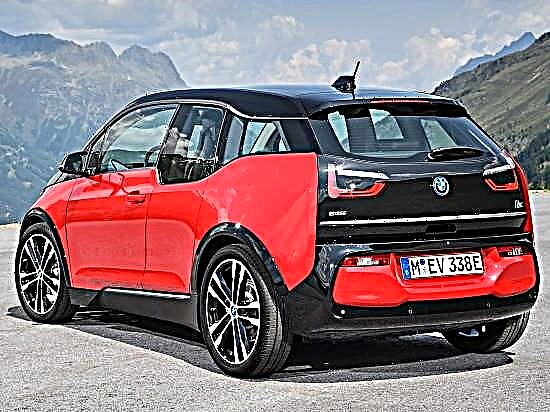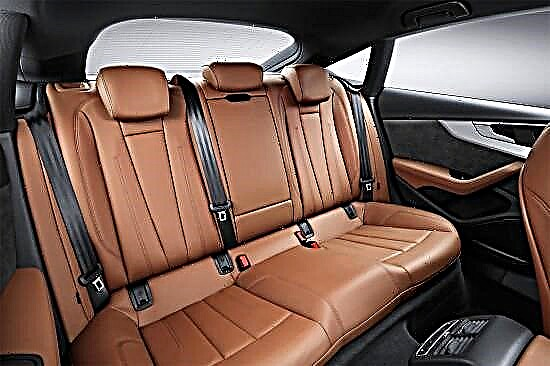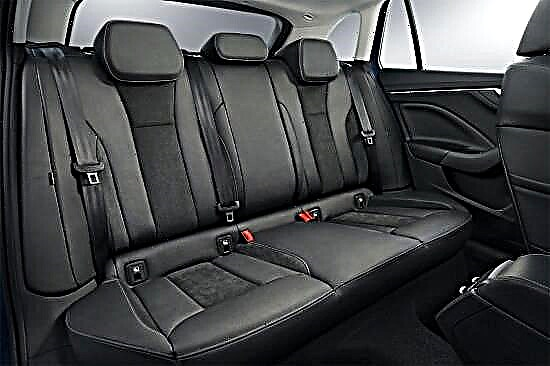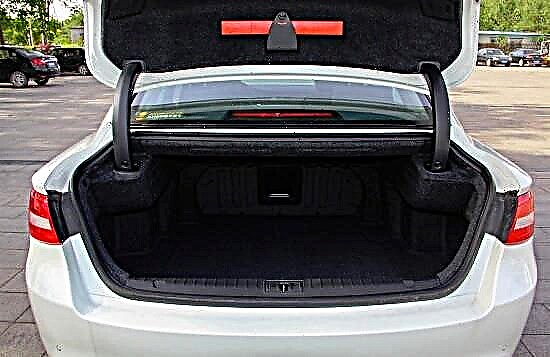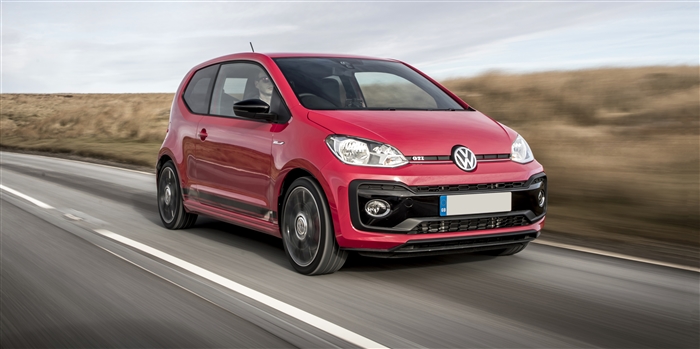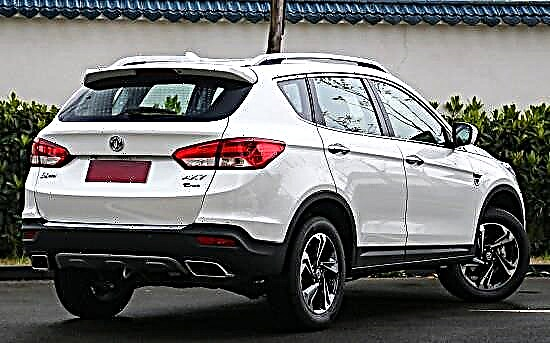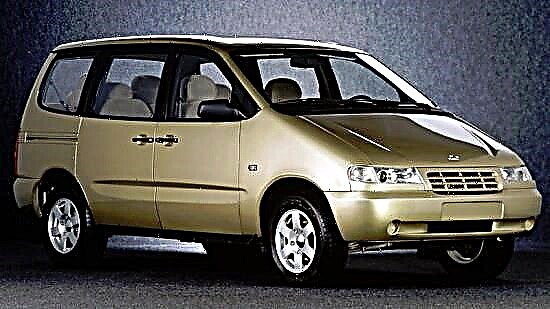The first minivan in the history of the domestic automotive industry called Lada Nadezhda (aka VAZ-2120), built on an elongated platform of the all-wheel drive Niva, celebrated its public debut in the summer of 1997 (at the stands of the international motor show in Moscow), and already in 1998 it started assembly at the pilot production facility of PJSC AvtoVAZ.

And I must say that the Togliatti residents' one-volume was not the most successful, which is why it was being finalized "in place and on the go."
In 2002, the car underwent restyling, as a result of which it was transformed externally, especially in the "front" part, having received "ten" headlights, and "prescribed" a slightly more powerful engine under the hood. Small-scale production of "Nadezhda" was stopped in August 2006 due to low demand, and in total the car found a little more than 8 thousand buyers.

Outside, the VAZ-2120 looks peculiar, but awkward and even awkward, and all due to the fact that its appearance contains "quotes" from other "VAZ" models: for example, "ten" blocks of front lighting equipment and compact taillights from "Oka ". And in general, with its appearance, the minivan definitely does not pretend to be a “beautiful car, and from all angles.

In length, Lada Nadezhda extends to 4200 mm, the distance between the axles is 2700 mm, and the height and width of the body fit into 1690 mm and 1725 mm, respectively. The "belly" of the car is separated from the roadway by a 190-mm ground clearance, and its "traveling" weight is 1400 kg (regardless of the version).

The interior of the monocab does not indulge in design delights, but it looks quite good for itself: a modest but readable instrument cluster with a small digital "window" of the odometer, a large steering wheel with a two-spoke design and a "flat" rim, an ingenious center console with a simple "microclimate" panel and several buttons management of secondary functions. The car has significant problems with the quality: here the finishing materials are frankly budgetary, and the interior elements are not docked in the best way.

Lada Nadezhda's “apartments” are for seven, but only teenagers will more or less freely sit in the “gallery”. The front riders are assigned amorphous seats, completely devoid of lateral support, with sufficient adjustment intervals. In the middle row, in turn, three full-fledged seats are installed, adjustable in the longitudinal direction.
With a seven-seat layout, the trunk of the minivan is small - only 300 liters. The second and third rows of seats fold down almost flush with the floor, while the useful volume increases to 1250 liters. The full-size "spare wheel" at the car is suspended on the street, under the bottom.
Specifications. Lada Nadezhda meets with several gasoline engines:
- The first option is a four-cylinder "aspirated" 1.8-liter (1774 cubic centimeters) with an 8-valve structure and a carburetor "power" system, the potential of which has 80 horsepower at 5400 rpm and 131 Nm of torque at 3000 rpm.
- An alternative to it is a 1.7-liter (1690 cubic centimeters) "four" with a cast-iron cylinder block, distributed injection and an 8-valve SOHC timing belt, developing 79-85 "horses" at 5400 rpm and 127-139 Nm of ultimate thrust at 3200 rpm.
Both "hearts" are stitched together with a 5-speed "manual" transmission and permanent four-wheel drive with a symmetrical center differential, a full "transfer case" and a reduction gear.
In "driving" disciplines, Lada Nadezhda does not shine with outstanding results: the maximum one-volume vehicle accelerates to 140 km / h, spending 20-21 seconds to conquer the first "hundred", and in the combined mode, every 100 km of run it "destroys" from 11.1 to 11.8 liters ...
The VAZ-2120 model is based on an elongated Niva platform and has a steel body of a load-bearing type and a power unit located longitudinally in the front part. The front of the vehicle is supported by an independent suspension with wishbones, hydraulic shock absorbers and a transverse stabilizer, while the rear is supported by a dependent continuous beam system.
The monocab has a dual-circuit brake complex with ventilated discs in the front and drum devices in the back. The steering of the "Nadezhda" is formed by a worm-roller mechanism and a pendulum arm, and on some modifications it is also supplemented with a hydraulic amplifier from ZF.
First of all, this monocab attracts attention: a roomy interior, excellent cross-country ability, easy handling, availability of content, excellent visibility, high-torque engines and reliable design.
But there are also negative aspects to his asset: poor sound insulation, poor build quality, problems with finding body parts, a large turning radius and solid fuel consumption.
Prices. In the Russian market of used cars, Lada Nadezhda in 2017 is available at a price of 60-70 thousand rubles, while for the most "fresh" and "complete" versions they already ask for about 200 thousand rubles.

